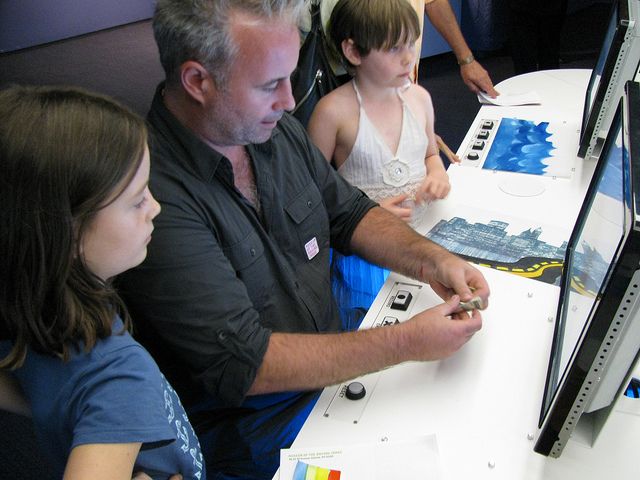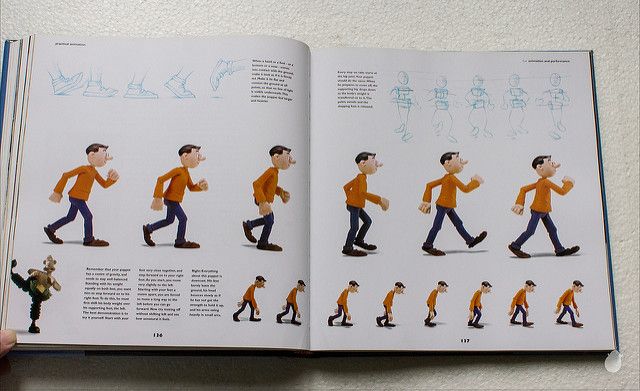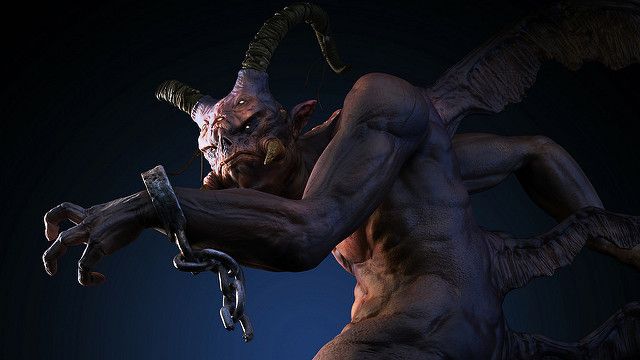To learn and understand 12 Principles Of Animation, what it’s all about, and knowing related topics over it, and understanding fundamentals, there are many software’s, high-end 3d techniques, and plug-ins available in the market.

These are the backbone of animation which put life inside the character and movements related to it. Learning principles give anyone a deep understanding of understanding Animation.
12 Principles Of Animation
This topic can be divided into 12 sections which are as follows:-
- Squash and stretch.
- Anticipation.
- Staging.
- Straight ahead and pose to pose.
- Follow-through and Overlapping action.
- Slow in and slow out.
- Arc.
- Secondary action.
- Timing.
- Exaggeration.
- Solid drawings.
- Appeal.
Squash And Stretch:
Squash and stretch is one of the most important animation principles. According to it, every object maintains its volume and weight when it comes to movement.
When any object is squashed, it loses its volume and changes its size, similarly when an object is stretched, its volume is changed but it comes back to its original position when it is normal again.
Squash and stretch definition can also understand when there is an illusion of weight, volume with respect to the properties of the object. Learning Animation can be tough the learner does not follow basic principles and fundamentals of animation.
Squash and stretch is the first principle any animator should learn and practice with small animation examples like ball bounce.
Not only in character body, squash and stretch are also used in facial expressions and movements, and squash and stretch in animation help in creating more appeal inside the character’s personality.
How much squash or stretch should be used in an animation depends on a lot of the requirement of the character and it is used from a ball bounce example, walk cycles, and various kinds of movements and expressions of a character.
This is one of the most important principles which are often used by animators and it helps them in producing great results.

Anticipation:
Anticipation can also be understood as a preparation for action. this principle is often used by animators to create excitement, interest, and curiosity in minds of viewers. Some examples include a ball bounce takes a squash before taking a jump and stretching its ball-like structure.
Similarly, the character hitting a punch, taking his hand behind his body and then after a certain amount of pause, came back forward with a force.
Anticipation makes animation interesting and more meaningful and the anticipation principle of animation is one of the principles which should be mastered very well by all animators.
Staging:
Staging is another principle of animation that means a character should be able to clearly represent his mood, expressions, clarity, pose, attitude with respect to the story and camera angle. Staging directs the audience’s attention to the story and puts their focus on the character and his actions.
Staging also helps in understanding what is most important in the current scene so it should be ensured that the background is not creating disturbance according to the character and its mood. The use of camera angle, light, and camera position also matters a lot in this.
Straight ahead and Pose to Pose:
There are two types of methods for creating animation. First is straight ahead and pose to pose. The first method Straight ahead is all about creating drawings in a single sequence from beginning to end.
The second method, pose to pose starts by drawing to main key drawings and then creating two in-between poses or drawings and then creating more intervals later. However, in computer animation pose to pose animation is created by creating two keyframes and different time frames. then creating in-betweens and frames between them are created automatically
And, computer animation prefers the second method as it automatically provides the smoothness required for the animation.

Follow-Through and Overlapping Action.
During any movement or animation of an object, character, etc. It is often noticed that some of the body parts like hands, ears, or clothes follow the character. They actually follow a path of action. Not all body parts stop at once or at a single time. There are movements always following the primary body and is called Follow Through.
It is often considered when a change of movement takes place. When an object is moving from destination 1 to destination 2 and it has sub-objects like tail, clothes which change direction after the main object stops at a particular frame. To understand it clearly, take an example of any character like Dancing of snow-white,
When she is starting her dance, her clothes start animating after a few frames and stops animating after her body stops dancing. This is because of the Overlapping effect.
Slow In And Slow Out:
Slow in and slow out is one of the principles of the animation which is used to slow down the action. Every action starts slowly for few frames first and ends slowly for few frames. This is to provide more appeal and smoothness to the action performed and this is considered an important part of the animation.

Arc:
All actions in animation like the movement of hand, legs, throwing the ball, bounce the ball, etc follow a circular path. this path is actually called an arc. This arc is responsible for understanding what path that particular object is following.
To understand What is Computer Animation, we can check trajectories within 3d Software which help us to understand which path that object was following and whether it is flowing smoothly and whether the arc in 3d software, which help us to understand which path that object was following and whether it is flowing smoothly and whether the arc is circular or not.
It is required to follow arcs while animating and even ball bounce, pendulum motion, arm movement, head turn follow this principle.
Secondary Action:
Secondary action is often considered when it is providing more dimension to the primary action. They are used to support primary action. To understand secondary action animation, Let’s take the example of a character walk.
When a character is walking, if he is either putting his arms in pockets or whistling or doing any other action. That is providing support to the primary action, which is walking.
Timing:
The animation is all about Timing. A good animation may go unnoticed if its timing is not good. Timing is often considered as
“a number of drawing in a particular amount of time”. Timing is the right parameter to understand the mood, personality, property, or behavior of an object or character.
For example, the weight of an object. A character trying to push a heavy object, now if the object is very light, he will be able to do it easily or in the case of a heavy object, the character needs to apply more force and more energy to push the object.

Exaggeration:
Exaggeration is defined as a process of making an action interesting. Often animation can be boring and dull if it is not coming out nicely. people want entertainment and to make the action look interesting, often its poses and movements are pushed more to create funny expressions or gestures, to show an action can be created interesting.
There should be a parameter for providing exaggeration as too many unnecessary actions can kill the beauty of the shot. According to Disney, exaggeration can be expressed as remaining true to reality and presenting things in a much more wilder and extreme form.
Solid Drawings.
Solid Drawings can be related to drawings that have more clear volume, weight, solidity, and every animator should be a skilled artist of pencil and should be able to understand and draw basic 3d shapes for anatomy, weight, balance, shadow, and light.
For a 2d Animator or a storyboard artist, taking art classes and creating life drawing sketches is a must for learning 2d animation.
Appeal:
An appeal in animation can be related to charisma inside the character. Creating interest in eyes of viewers and grabbing their attention and putting their minds to believe that the character is powerful.
For example, a villain should be having appeal related to negative thoughts and powers.
To understand animation principles more clearly, Animated versions of principles can be found here:
https://the12principles.tumblr.com/
Final Thoughts:
Artist can work on them and create any type of motion graphics, animation render but one thing which is very common for anyone who wants to succeed in animation is learning basic animation principles.
We hope you loved this article. Let’s put these animation principles into your animation assignments, tasks and we hope you will see a lot of improvements in your work.
Don’t forget to purchase the Animator survival kit and Disney’s The Illusion of life as you will need them for a better understanding of Animation. Thanks for reading this article and coming to our website as a visitor.







